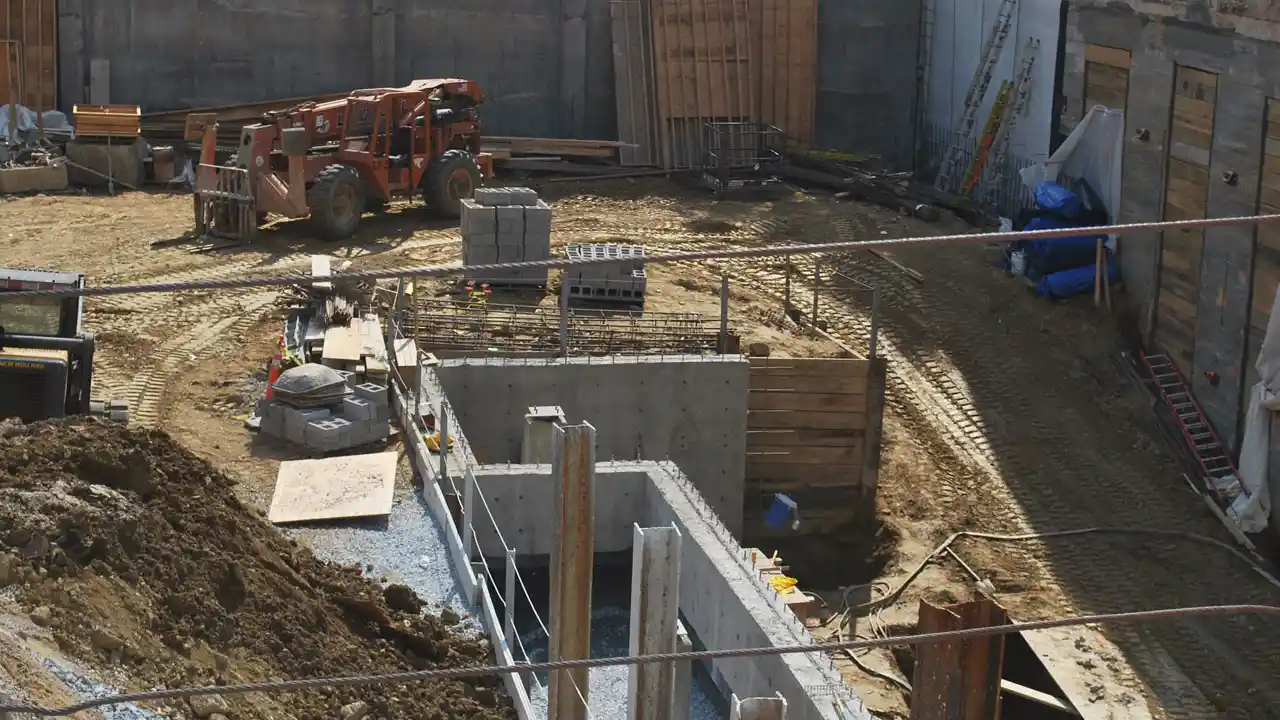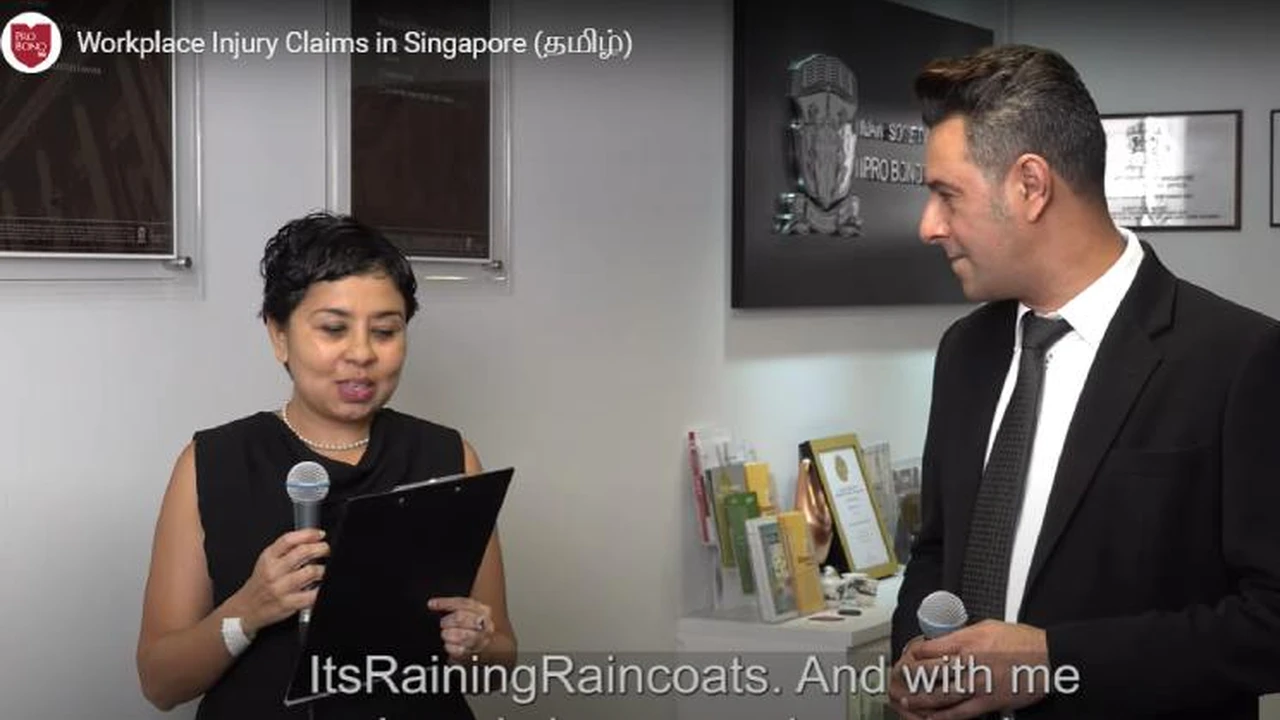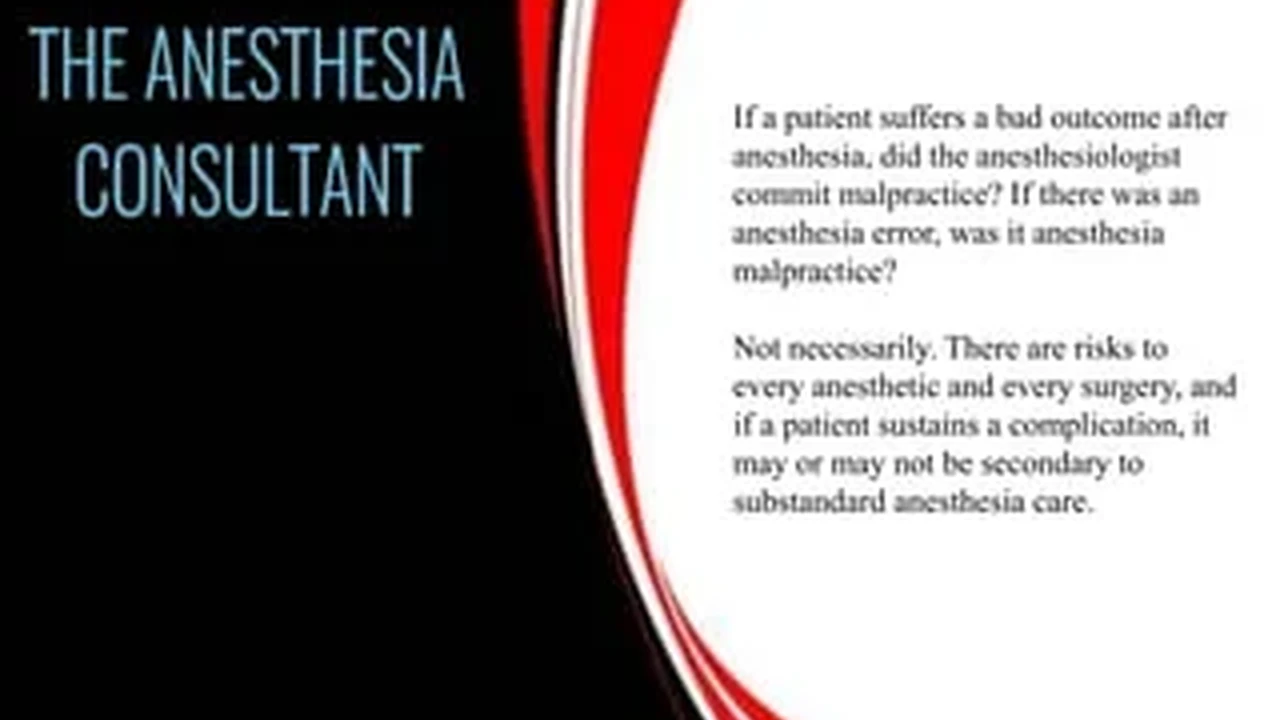Construction Accident Claims Your Rights
Understand your legal rights and options after a personal injury on a construction site.

Understand your legal rights and options after a personal injury on a construction site.
Construction Accident Claims Your Rights
Understanding Construction Site Hazards and Your Legal Protections
Hey there! So, you've been injured on a construction site, and you're probably feeling overwhelmed, maybe even a bit lost about what to do next. It's a tough situation, and you're not alone. Construction sites, by their very nature, are bustling hubs of activity, heavy machinery, and often, inherent dangers. While safety regulations are in place to protect workers, accidents unfortunately still happen. When they do, knowing your rights and the legal avenues available to you is absolutely crucial. This isn't just about getting back on your feet physically; it's about ensuring you're compensated fairly for your medical bills, lost wages, pain, and suffering. Let's dive into what you need to know.Initial Steps After a Construction Site Injury Immediate Actions for Your Claim
First things first, if you've been injured, your health is the absolute priority. Seek immediate medical attention, even if you think your injuries are minor. Some injuries, like concussions or internal damage, might not be immediately apparent. Getting a medical evaluation not only ensures you get the care you need but also creates an official record of your injuries, which is vital for any future claim. After that, if you're able, report the accident to your supervisor or employer right away. Don't delay this step! Most companies have specific procedures for reporting workplace incidents, and adhering to them is important. Make sure to get a copy of the accident report. If possible, take photos or videos of the accident scene, your injuries, and any equipment involved. Gather contact information from any witnesses. These details can be incredibly valuable later on.Workers Compensation vs Personal Injury Lawsuits Navigating Your Options
This is where things can get a little tricky, but it's super important to understand the difference. In most cases, if you're an employee injured on a construction site, your primary recourse will be through workers' compensation. This system is designed to provide benefits for medical treatment and lost wages, regardless of who was at fault for the accident. It's a 'no-fault' system, meaning you don't have to prove your employer was negligent. However, accepting workers' comp usually means you can't sue your employer directly for additional damages like pain and suffering. But here's the kicker: construction sites often involve multiple companies and contractors. This opens the door to what's called a 'third-party personal injury lawsuit.' If your injury was caused, even in part, by the negligence of someone other than your direct employer – for example, a subcontractor, a property owner, a manufacturer of defective equipment, or another independent contractor – you might be able to file a personal injury lawsuit against that third party. This type of lawsuit can allow you to recover a broader range of damages, including pain and suffering, emotional distress, and full lost earning capacity, which workers' comp typically doesn't cover. It's crucial to explore both avenues with an experienced attorney.Common Causes of Construction Accidents Identifying Negligence
Construction sites are rife with potential hazards. Understanding the common causes of accidents can help you identify if negligence played a role in your injury. Some of the most frequent culprits include:- Falls from Heights: Scaffolding accidents, ladder falls, falls through unprotected openings.
- Struck By Objects: Falling tools, debris, or materials.
- Caught In/Between Accidents: Limbs caught in machinery, crushed between heavy equipment.
- Electrocutions: Contact with live wires, faulty electrical equipment.
- Equipment Malfunctions: Defective cranes, forklifts, power tools.
- Trench Collapses: Unstable trenches leading to entrapment.
- Vehicle Accidents: Collisions involving construction vehicles or other vehicles on site.
- Fires and Explosions: Due to flammable materials or faulty equipment.
- Exposure to Toxic Substances: Asbestos, chemicals, lead.
Key Evidence for Your Construction Accident Claim Building a Strong Case
To build a strong case, whether for workers' comp or a third-party claim, you'll need solid evidence. Think of it like putting together a puzzle. Here's what you should aim to collect:- Medical Records: All documentation related to your injuries, diagnoses, treatments, and prognoses.
- Accident Report: The official report filed with your employer.
- Witness Statements: Accounts from anyone who saw the accident happen.
- Photos and Videos: Of the accident scene, equipment, and your injuries.
- Safety Records: Any records of safety violations, inspections, or previous incidents at the site.
- Training Records: Documentation of your safety training and that of other workers involved.
- Equipment Maintenance Logs: If equipment malfunction was a factor.
- Wage Statements: Proof of your income and lost earnings.
- Expert Testimony: In complex cases, engineers, medical experts, or safety consultants might be needed.
Damages You Can Recover Understanding Your Compensation
The type and amount of compensation you can recover will depend on whether you're pursuing a workers' compensation claim, a third-party personal injury lawsuit, or both. Here's a general breakdown:Workers' Compensation Benefits What to Expect
Workers' comp typically covers:- Medical Expenses: All reasonable and necessary medical treatment related to your injury.
- Temporary Disability Benefits: A portion of your lost wages while you're unable to work.
- Permanent Disability Benefits: If your injury results in a permanent impairment.
- Vocational Rehabilitation: If you can't return to your previous job, assistance with retraining.
- Death Benefits: For dependents in fatal accident cases.
Third Party Personal Injury Lawsuit Damages Maximizing Your Recovery
If you have a valid third-party claim, you could potentially recover a much broader range of damages, including:- Medical Expenses: Past and future medical bills, including rehabilitation and long-term care.
- Lost Wages: Both past and future income you've lost or will lose due to your injury.
- Loss of Earning Capacity: If your injury permanently affects your ability to earn a living.
- Pain and Suffering: Compensation for physical pain, discomfort, and emotional distress.
- Emotional Distress: Anxiety, depression, PTSD resulting from the accident.
- Loss of Enjoyment of Life: If your injury prevents you from participating in activities you once enjoyed.
- Punitive Damages: In rare cases, if the third party's conduct was particularly egregious, to punish them and deter similar behavior.
Statute of Limitations for Construction Accident Claims Don't Miss Deadlines
This is a critical point: there are strict deadlines for filing both workers' compensation claims and personal injury lawsuits. These deadlines are called 'statutes of limitations,' and they vary significantly by state in the USA and by country in Southeast Asia. If you miss these deadlines, you could lose your right to pursue compensation entirely, no matter how strong your case is. For workers' comp, you typically have a short window (often days or weeks) to report the injury to your employer, and then a longer period (usually 1-3 years) to file the actual claim. For personal injury lawsuits, the statute of limitations can range from 1 to 6 years, but it's often shorter for specific types of claims or against government entities. This is another huge reason why contacting an attorney quickly is so important – they can ensure all deadlines are met.Hiring a Construction Accident Lawyer Your Best Advocate
Navigating the complexities of construction accident law, dealing with insurance companies, and understanding your rights can be incredibly challenging, especially when you're recovering from an injury. This is where a specialized construction accident lawyer becomes your most valuable asset. They can:- Investigate the accident thoroughly to identify all responsible parties.
- Help you gather all necessary evidence.
- Handle all communication with insurance companies and opposing counsel.
- Negotiate for a fair settlement on your behalf.
- Represent you in court if a settlement cannot be reached.
- Ensure all legal deadlines are met.
- Advise you on the best course of action, whether it's workers' comp, a third-party claim, or both.
Specific Products and Safety Gear Enhancing Construction Site Safety
While this article focuses on what to do *after* an accident, it's worth touching on some specific products and safety gear that are crucial for preventing accidents in the first place. Understanding these can sometimes even help in identifying negligence if they were improperly used or maintained.Personal Protective Equipment PPE Essential Gear for Every Worker
PPE is the first line of defense for construction workers. Employers are typically required to provide and ensure the proper use of these items. Here are some examples:- Hard Hats: Brands like MSA V-Gard, Pyramex Ridgeline, and Honeywell North Zone are popular. They protect against falling objects and impacts. Prices range from $15 to $50.
- Safety Glasses/Goggles: Uvex, 3M, and DeWalt offer various styles. Essential for eye protection from debris, dust, and chemicals. Typically $5 to $20.
- High-Visibility Clothing: Brands like Ergodyne, Radians, and Kishigo. Vests, shirts, and jackets that make workers visible to equipment operators and drivers. Prices vary from $10 for a vest to $60+ for a jacket.
- Safety Footwear: Steel-toe or composite-toe boots from brands like Timberland PRO, Wolverine, and Keen Utility. Protects feet from crushing injuries and punctures. Expect to pay $80 to $200+.
- Gloves: Cut-resistant, impact-resistant, or chemical-resistant gloves from brands like Mechanix Wear, Ansell, and Superior Glove. Protect hands from cuts, abrasions, and chemical exposure. Prices from $10 to $50.
- Hearing Protection: Earplugs or earmuffs from 3M Peltor, Howard Leight. Essential in noisy environments to prevent hearing loss. $5 for earplugs, $20-$100 for earmuffs.
- Fall Protection Harnesses: Brands like DBI-SALA (3M), Miller (Honeywell), and Guardian Fall Protection. Used when working at heights to prevent falls. A full harness system can cost $150 to $500+.
Scaffolding and Ladder Safety Equipment Ensuring Stable Work Platforms
Properly erected and maintained scaffolding and ladders are critical. Issues here are frequent causes of falls.- Scaffolding Systems: Brands like Werner, Metaltech, and Bil-Jax. These are complex systems requiring proper assembly and inspection. Rental costs vary, purchase can be thousands.
- Safety Ladders: Werner, Louisville Ladder, Little Giant. Different types (extension, step, platform) for various tasks. Prices from $50 to $500+.
- Guardrails and Toeboards: Often integrated into scaffolding or temporary structures. Prevent falls and falling objects.
- Scaffolding Inspection Tags: Green tag (safe), yellow tag (caution), red tag (unsafe). Simple but crucial for communication.
Heavy Machinery and Equipment Safety Features Preventing Catastrophic Accidents
Heavy machinery is a major source of serious injuries. Safety features and proper operation are paramount.- Backup Alarms and Cameras: For excavators, bulldozers, forklifts. Brands like ECCO, Preco. Enhance visibility and warn workers. Cameras can be $100-$500, alarms $50-$200.
- Roll-Over Protective Structures ROPS and Falling Object Protective Structures FOPS: Standard on most modern heavy equipment. Protect operators in case of rollovers or falling objects. Integrated into machine design.
- Lockout Tagout LOTO Devices: Master Lock, Brady. Used to ensure machinery is de-energized and cannot be started during maintenance. Kits can be $50-$300.
- Machine Guarding: Physical barriers to prevent contact with moving parts. Often custom-fabricated or integrated by manufacturers.
- Forklift Safety Cages/Work Platforms: Used for elevating workers safely with a forklift. Brands like Vestil, Global Industrial. $300-$1000.
Trenching and Excavation Safety Systems Preventing Collapses
Trench collapses are incredibly dangerous and often fatal. Proper shoring and shielding are non-negotiable.- Trench Boxes/Shields: GME, Efficiency Production. Steel or aluminum structures that protect workers inside a trench from collapse. Rental is common, purchase can be thousands.
- Shoring Systems: Hydraulic or timber systems that support trench walls. Brands like Speed Shore.
- Sloping and Benching Equipment: Excavators and other earth-moving equipment used to create safe slopes.
- Atmospheric Monitoring Devices: MSA, Honeywell. Detect hazardous gases in confined spaces like trenches. $300-$1000.
Electrical Safety Equipment Protecting Against Electrocution
Electrical hazards are a constant threat on construction sites.- Ground Fault Circuit Interrupters GFCIs: Prevent electrical shocks. Often integrated into power tools and extension cords.
- Insulated Tools: Klein Tools, Wiha. Hand tools with insulated handles for working near live circuits. Sets can be $100-$300.
- Voltage Detectors: Fluke, Klein Tools. Non-contact devices to check for live voltage. $20-$100.
- Rubber Insulating Gloves: Salisbury by Honeywell. Provide electrical insulation. $50-$200 per pair.
Emergency and First Aid Equipment Being Prepared for the Worst
Even with the best prevention, accidents can happen, so emergency preparedness is key.- First Aid Kits: Johnson & Johnson, First Aid Only. Comprehensive kits for various injuries. $20-$100+.
- Automated External Defibrillators AEDs: Philips, Zoll, Cardiac Science. For sudden cardiac arrest. $1200-$2000.
- Emergency Showers and Eyewash Stations: Haws, Bradley. For chemical exposure. Permanent installations can be thousands.
- Fire Extinguishers: Kidde, Amerex. Various types for different classes of fires. $30-$100.
:max_bytes(150000):strip_icc()/277019-baked-pork-chops-with-cream-of-mushroom-soup-DDMFS-beauty-4x3-BG-7505-5762b731cf30447d9cbbbbbf387beafa.jpg)





